Enjoy learning to make dandelion root coffee from harvested dandelion roots to create a rich, caramel-like alternative to coffee without the caffeine.
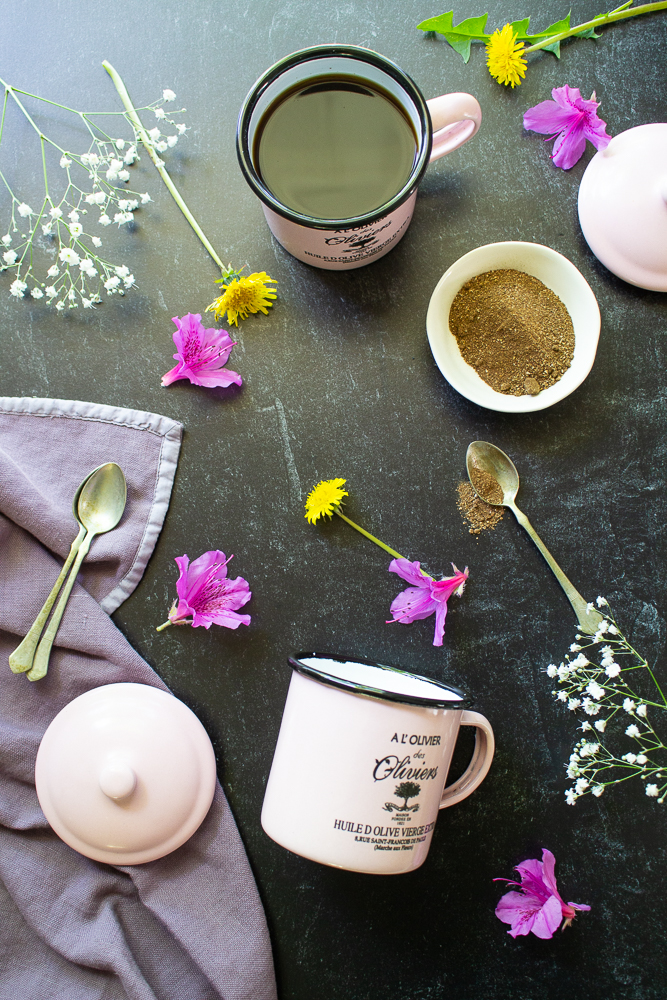
Learning how to make your own dandelion root coffee is easy as harvesting, washing, roasting and grinding. It’s easier than it sounds, and the outcome is a delicious caramel-like, earthy, deep and rich coffee alternative with no buzz! It’s almost medicinal, as dandelions are beneficial for the liver and digestive system too.
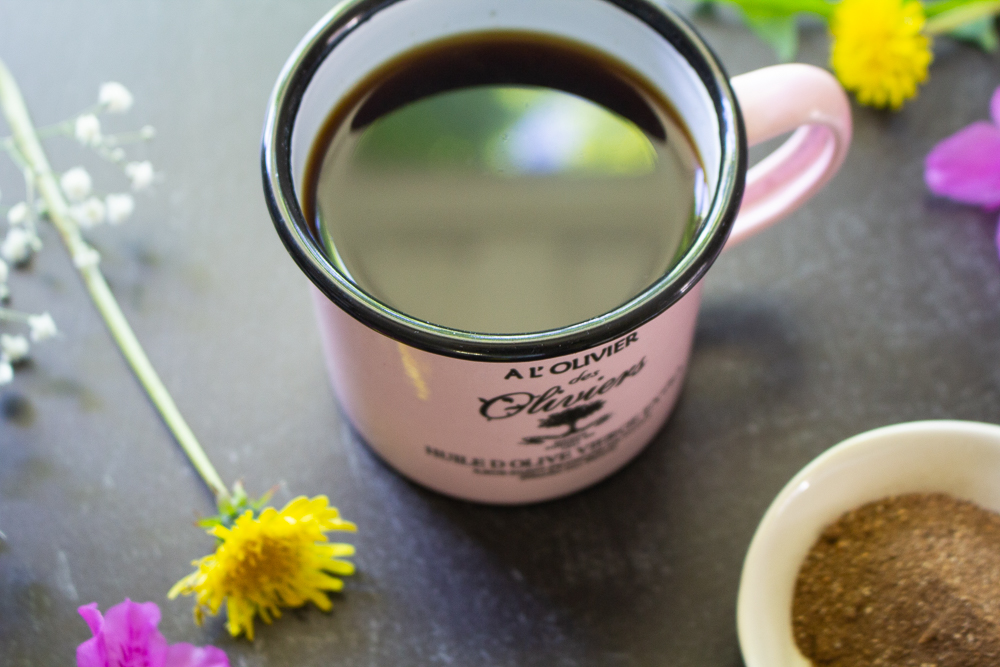
Chicory and Dandelion Roots
While this post is specifically about dandelion roots, I should say that both dandelion and chicory roots work well in this recipe, so use one or the other, or both. A blend would actually be even better! These roots when roasted become become nutty, caramel-like, earthy, dark and rich flavor that’s a wonderful substitute for coffee.

Dandelions
“Dent de lion” in French means “teeth of the lion”, due to its jagged leaf edges. They are also one of the best free foods in your yard (when they’re organic), and are also one of the first spring foods we find. The bees love them too, being one of their first sources of nectar in the spring. While a lot of people try to get rid of them, I smile at them and welcome them to the yard.
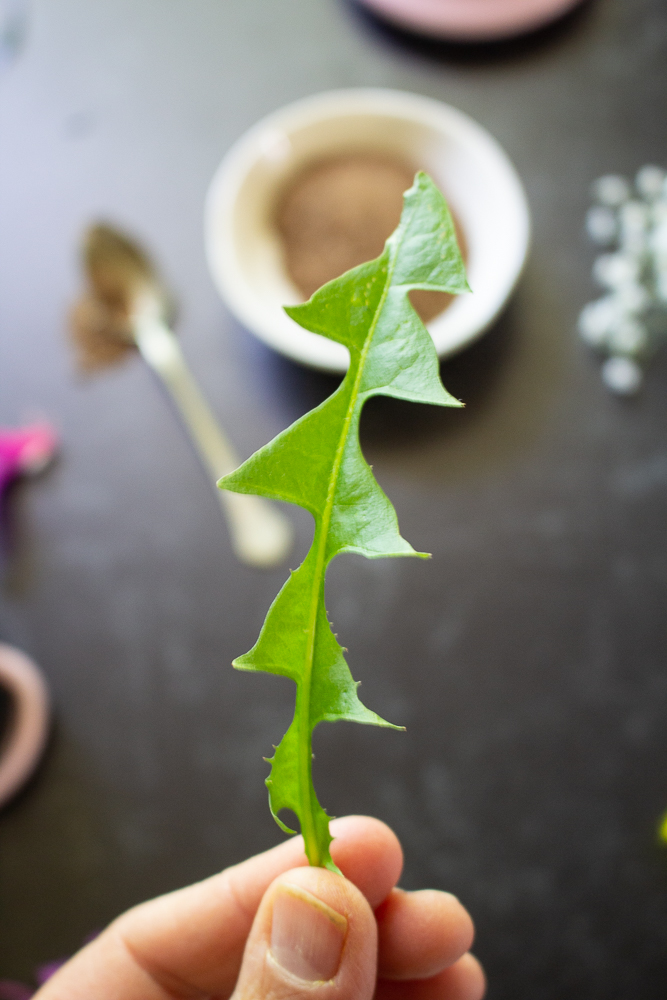
Here are some fun facts:
- They’re part of the Asteraceae (Daisy) family
- They were once used in Britain as a spring tonic, and still are in Europe
- They’re used for fritters, wine, a coffee substitute, tea, and useful medicine.
- Dandelion may be used in tinctures, flower beer, or even flower infused oil.
- It’s a crop that regenerates from any bit of root left behind
- Dandelions are high in minerals, especially potassium, and vitamins A, B, C and D
- Young leaves boiled into a tea or eaten fresh in salads support the blood and lymph as detoxifiers
- The bitterness of the leaves makes them beneficial for the liver and digestion, encouraging bile production
- Flowers, leaves, stems, roots are all edible
- There are many look alike, so be sure you know that it’s a true dandelion. It should have only one flower per stem and have a smooth leaf stem on the underside.
- Spring picking keeps the bitterness down in the leaves.
Chicory
A few years ago, I grew chicory root in my garden mostly because I wanted the gorgeous blue flowers to adorn salads and beautiful dessert plates. Soon, they topped at about 6 feet tall! Compost definitely helped. These flowers are also found along highways growing wild and beautiful, however I would not harvest them from congested roads due to contamination.

Here Are Some Fun Facts:
- Chicory is also a part of the Asteraceae (Daisy) family, like dandelions
- Leaves look very much like dandelion leaves, but the center leaf stem is reddish
- The leaves are very bitter, some say more bitter than dandelions
- Chicory grows in tough soil, so harvesting may be tricky
- Young plants don’t have much of a root, so try to find older plants if possible
- The flowers are blue and gorgeous and edible too.
- Leaves are a good source of vitamin A, B, C, Elm K plus potassium, calcium, copper, zinc and magnesium.
- The older the plant, the more bitter the greens (like the dandelions)
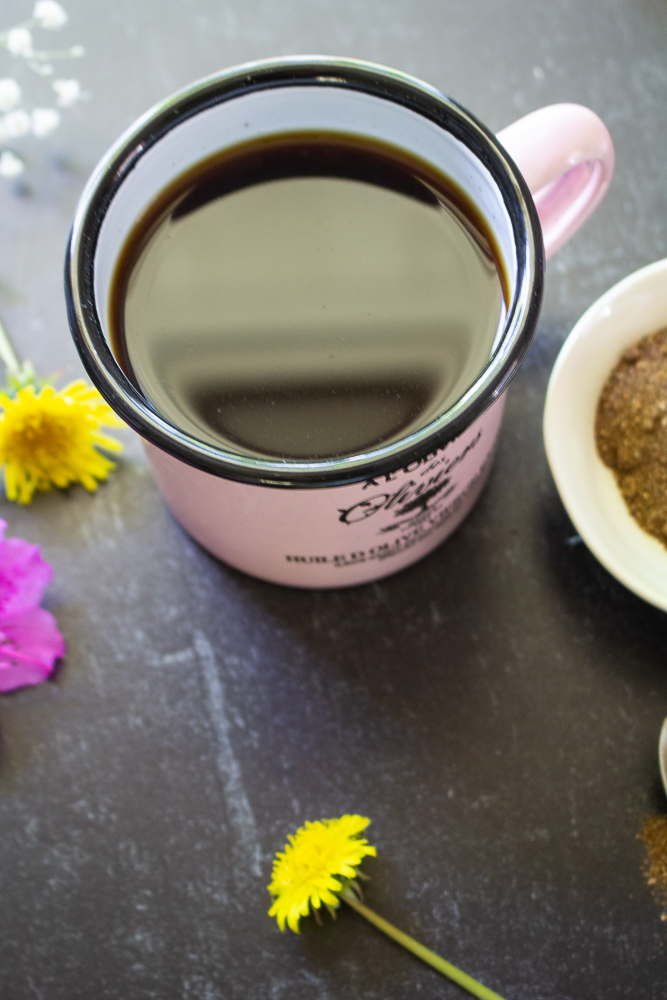
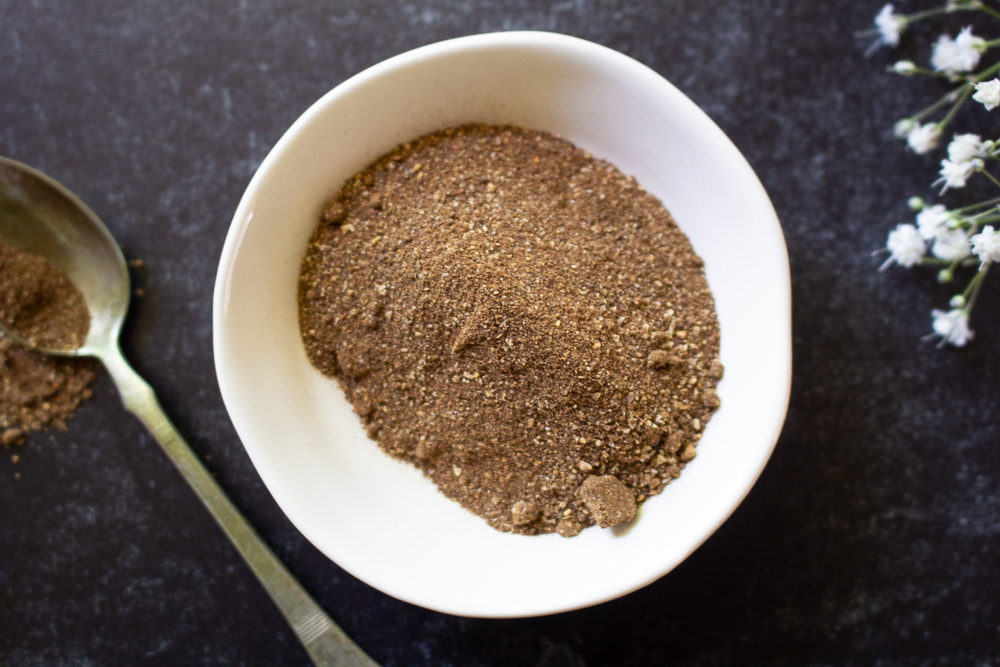
How To Make Dandelion Root Coffee (or Chicory Coffee)
Harvest: Harvest about 1-2 cups of dandelion or chicory roots. Save the greens and use these to add to soups, smoothies, or just freeze to add a little bit to winter meals. Be careful to harvest from an area that is clear of roadways. Also, always use caution when identifying plants. Feel free to check out the book resources at the bottom of this page, or check out this post.
Wash & chop: The hardest and most consuming time is actually washing. You want to get these very clean, so I used a potato brush and brushed and brushed and brushed. I pulled out quite a few roots, but you can do this to however many you like. Cut these roots into same-sized pieces, about ½ inch is fine.
Dehydrate & Roast: I dehydrated them overnight at 110 degrees to dry them out {we do this because raw root roasting takes a long time and doesn’t cook evenly). Then, roast the roots in the oven at around 300 degrees for about 45 minutes to 1 hour. Look them over to make sure they don’t burn. Alternatively, you can roast them at 250 degrees for about 90 minutes. The house smells amazing when the roots are roasting!
Grind: once cooled, grind these in a coffee grinder as fine as possible. There will be some bits that just don’t break down, and that’s ok. When grinding, feel free to add in some cardamom or cinnamon to make it spiced, optional.
Brew: Use about 1 heaping teaspoon per cup of boiling water and brew a few minutes. Strain and enjoy. Store in an airtight container for longer storage.
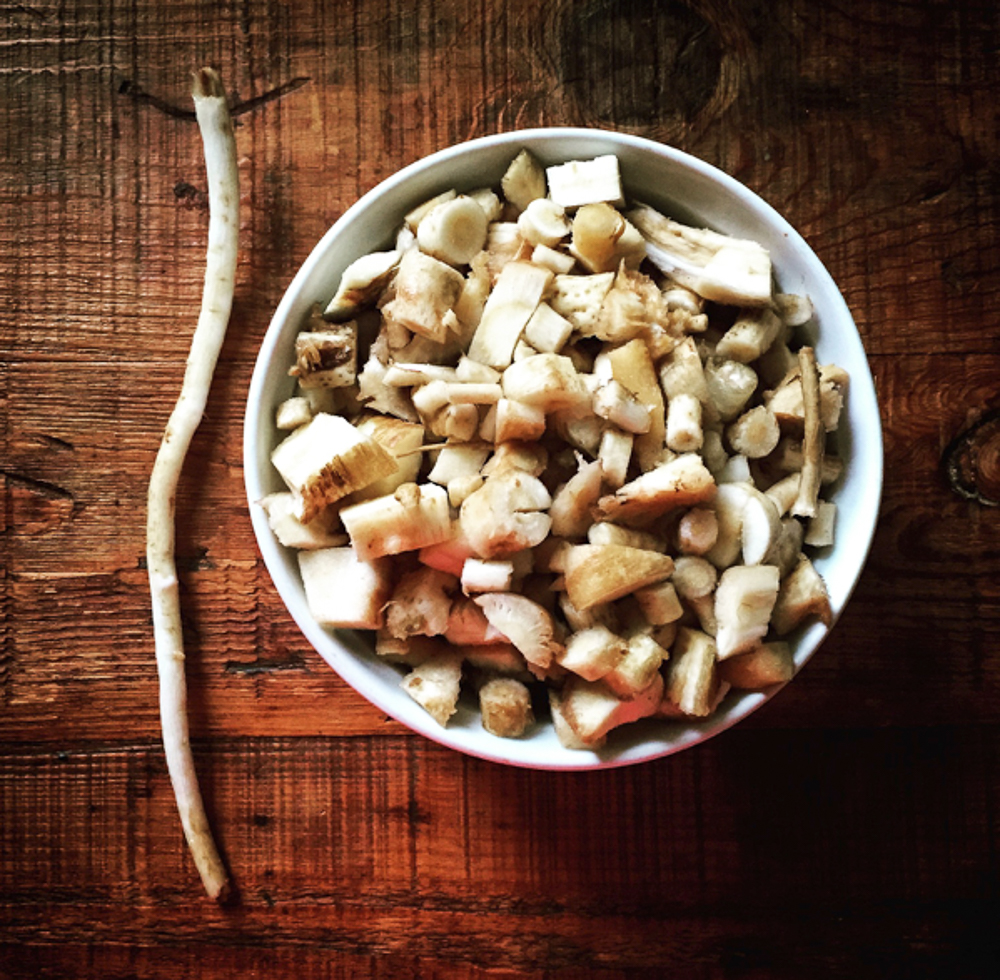
scrub and chop 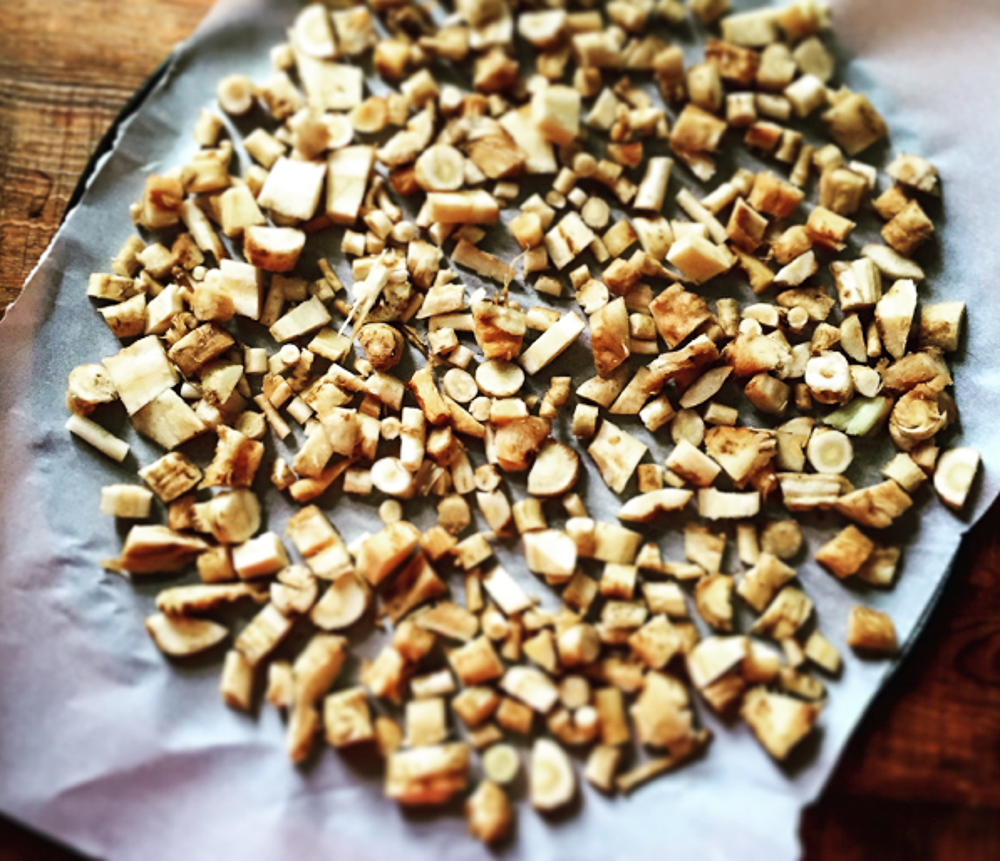
dehydrate 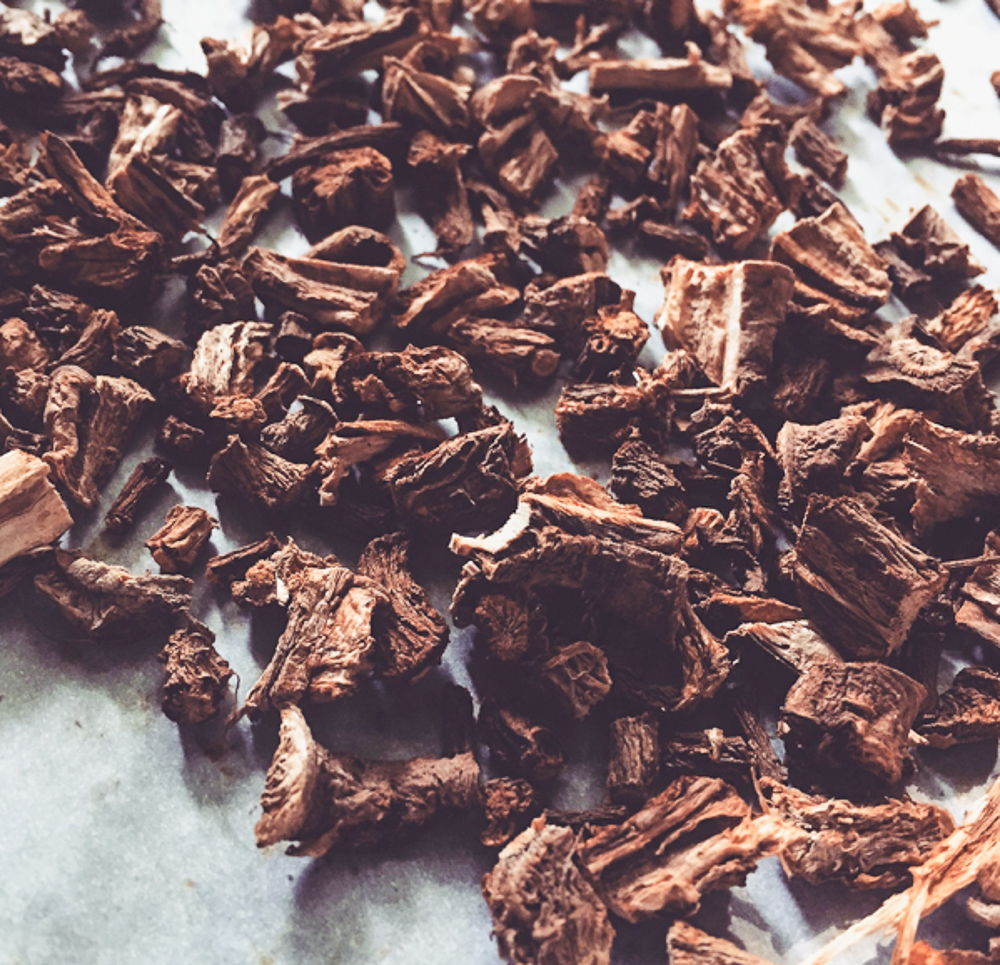
roast 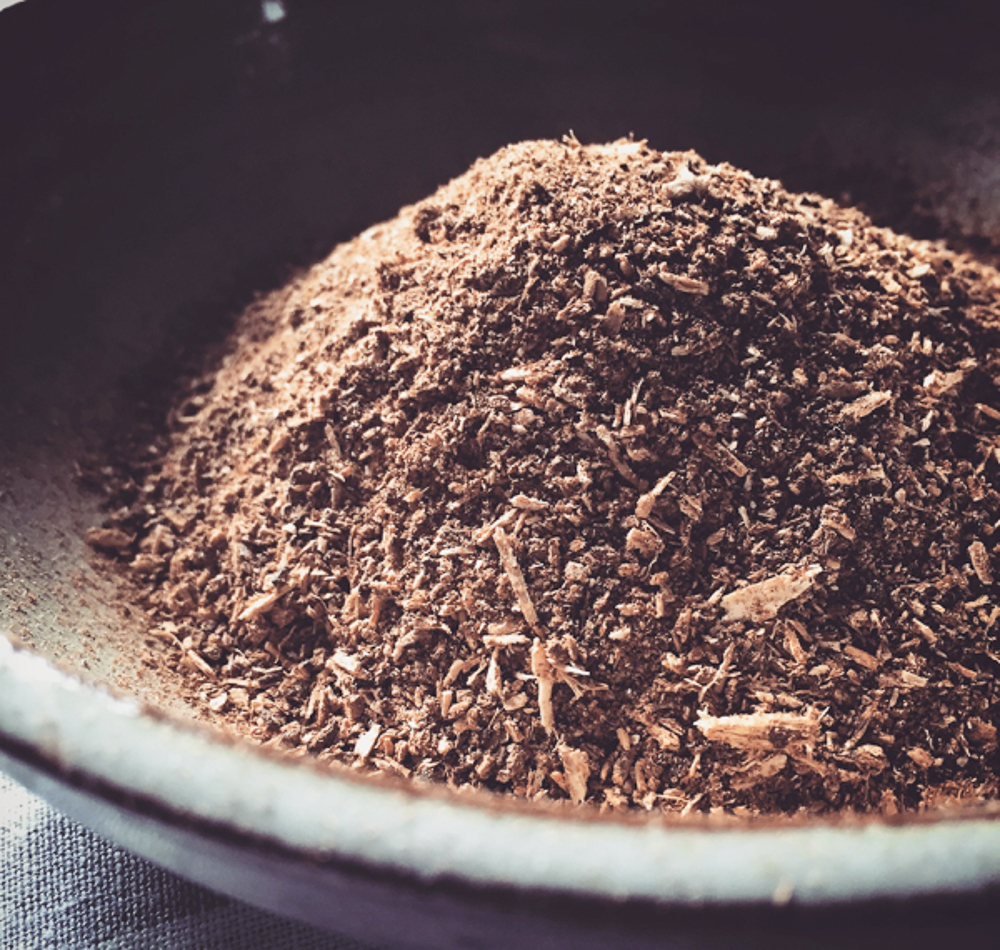
grind 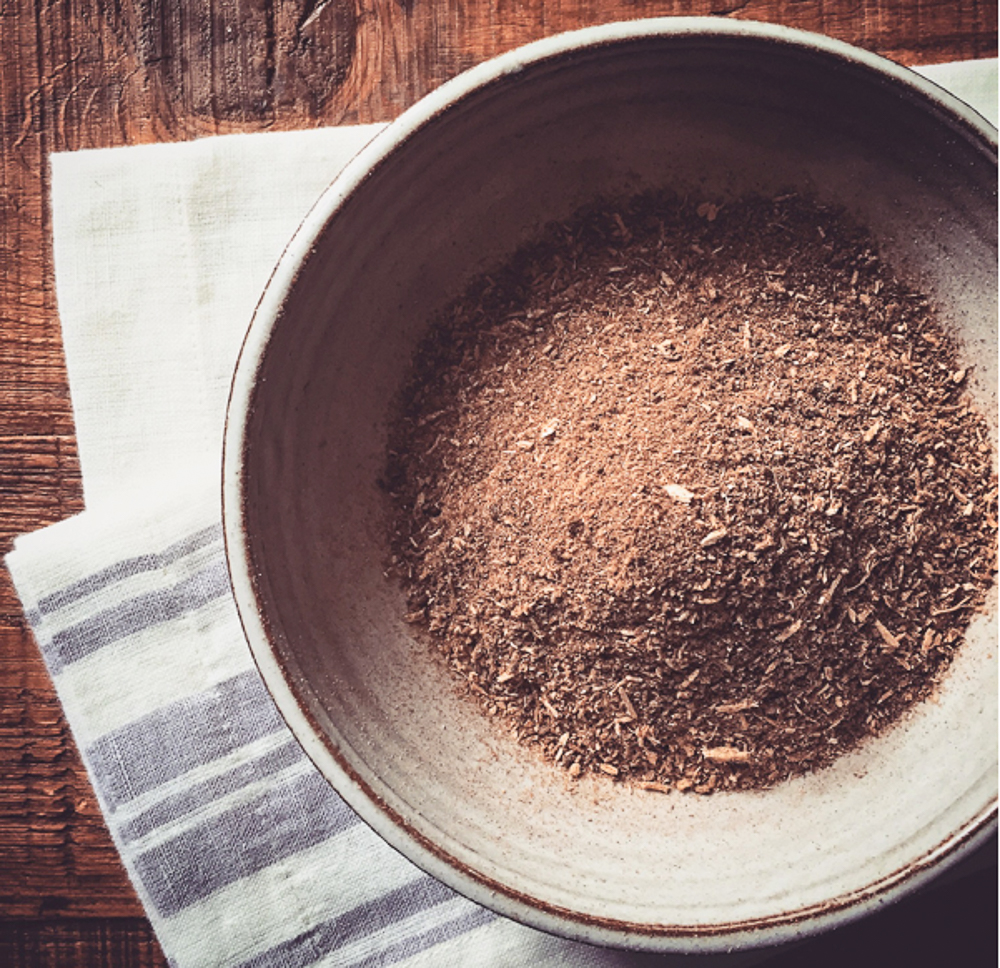
enjoy!
Further Reading & Resources
Would You Like More Gardening Posts?
Plus Check out the 2021 Garden Plan Ebook Here

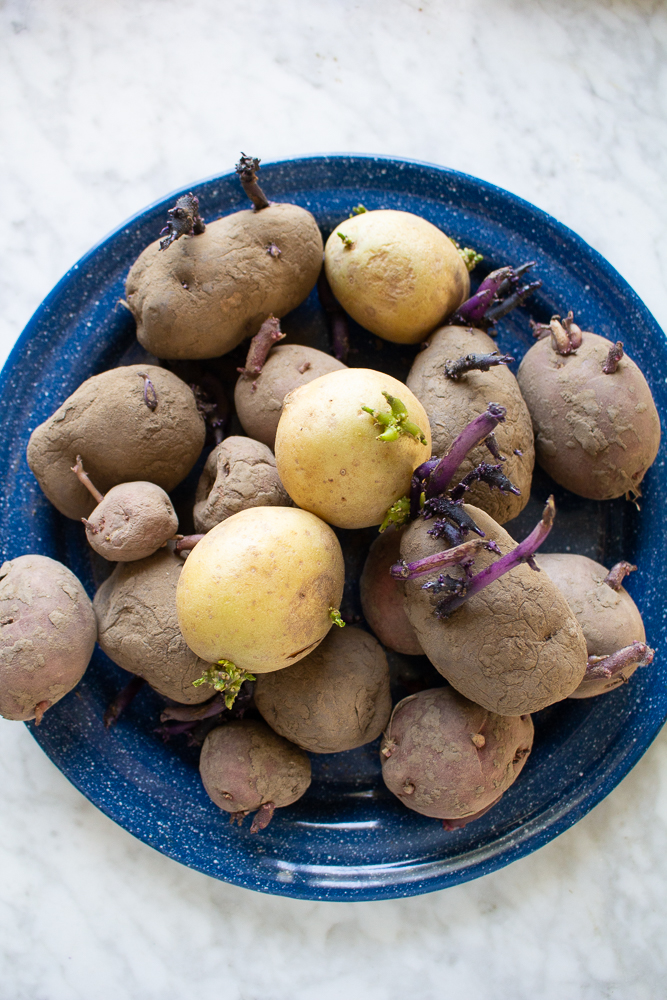
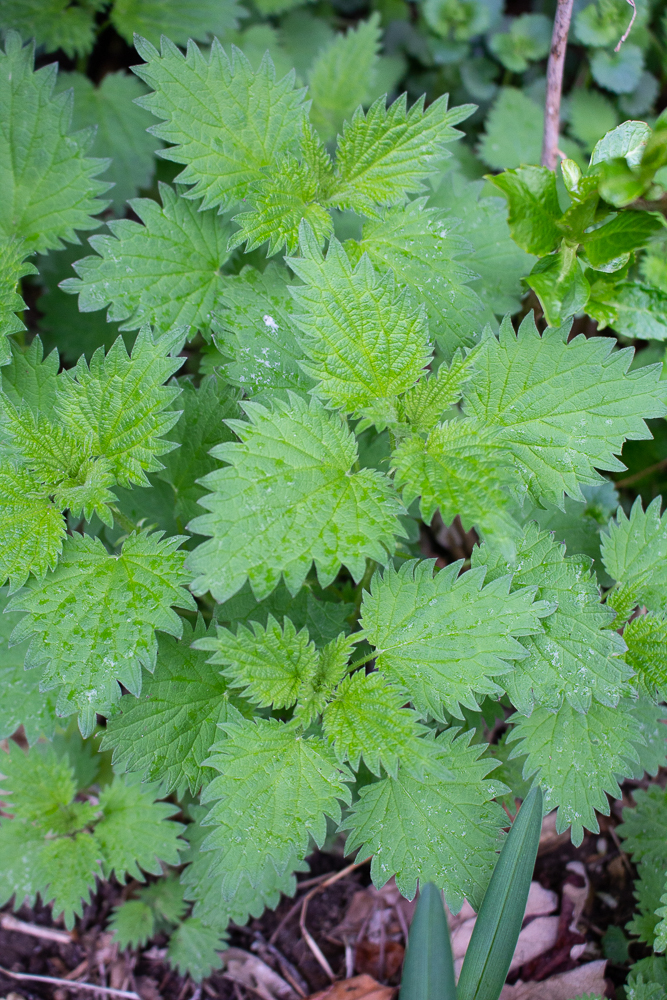
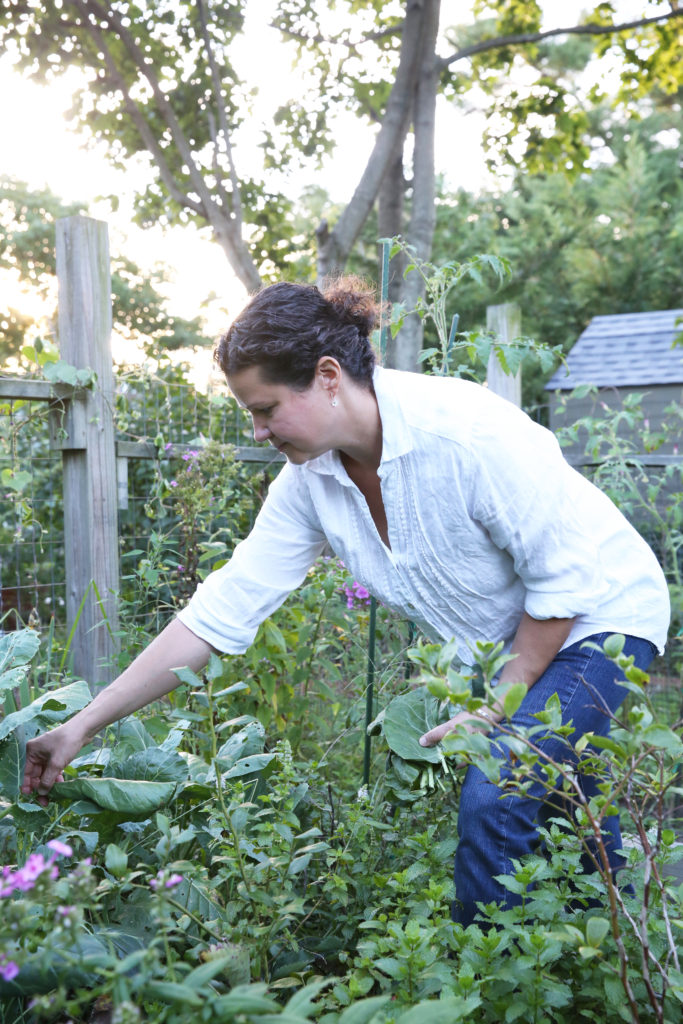


Leave a Reply